Affiliate links on Android Authority may earn us a commission. Learn more.
10 interesting facts about Lenovo
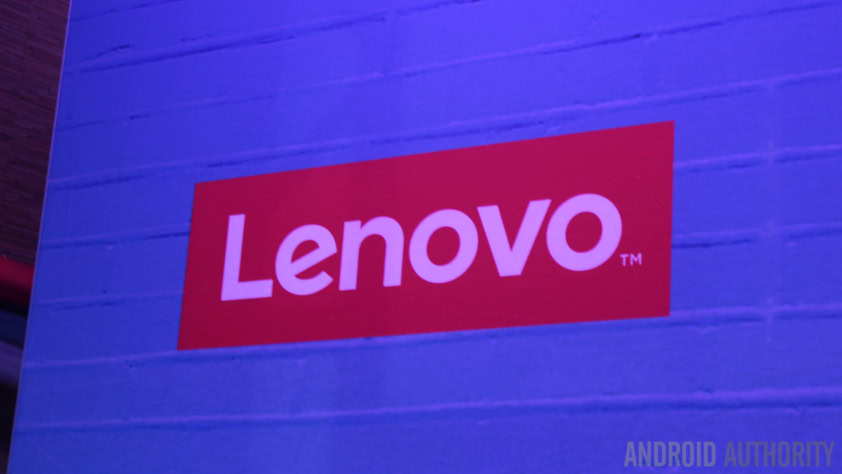
Although the average consumer is increasingly savvy, the most recognizable tech brands are still ones like Apple, Google, Microsoft, Samsung, Hewlett Packard, Intel, and a few others. However, if you look back on the histories of many of these companies, you’ll see that many of them started out making a single product really well. Over time, they branched out, making other types of quality products. Today, most of these international brands are behind many different types of consumer tech, ranging from personal computers to smartphones and other mobile devices, household appliances to televisions and media players, and so on.
And then there are other companies like Lenovo with a much smaller following compared to the Googles and Samsungs of the world. Tech enthusiasts like you and I may be familiar with the Lenovo brand, but most U.S. consumers don’t get jazzed at the sight of Lenovo branding. However, from humble beginnings grew a company that’s currently considered the largest in the world for PC manufacturing. When you consider some of its recent partnerships and acquisitions — Motorola, Microsoft, IBM — Lenovo begins to seem pretty impressive, all things considered. In light of Lenovo being a pretty heavy hitter in the tech industry, we’ve put together a list of ten of the most interesting, impressive, and surprising facts about Lenovo.
Lenovo was founded in 1984, more than 30 years ago.
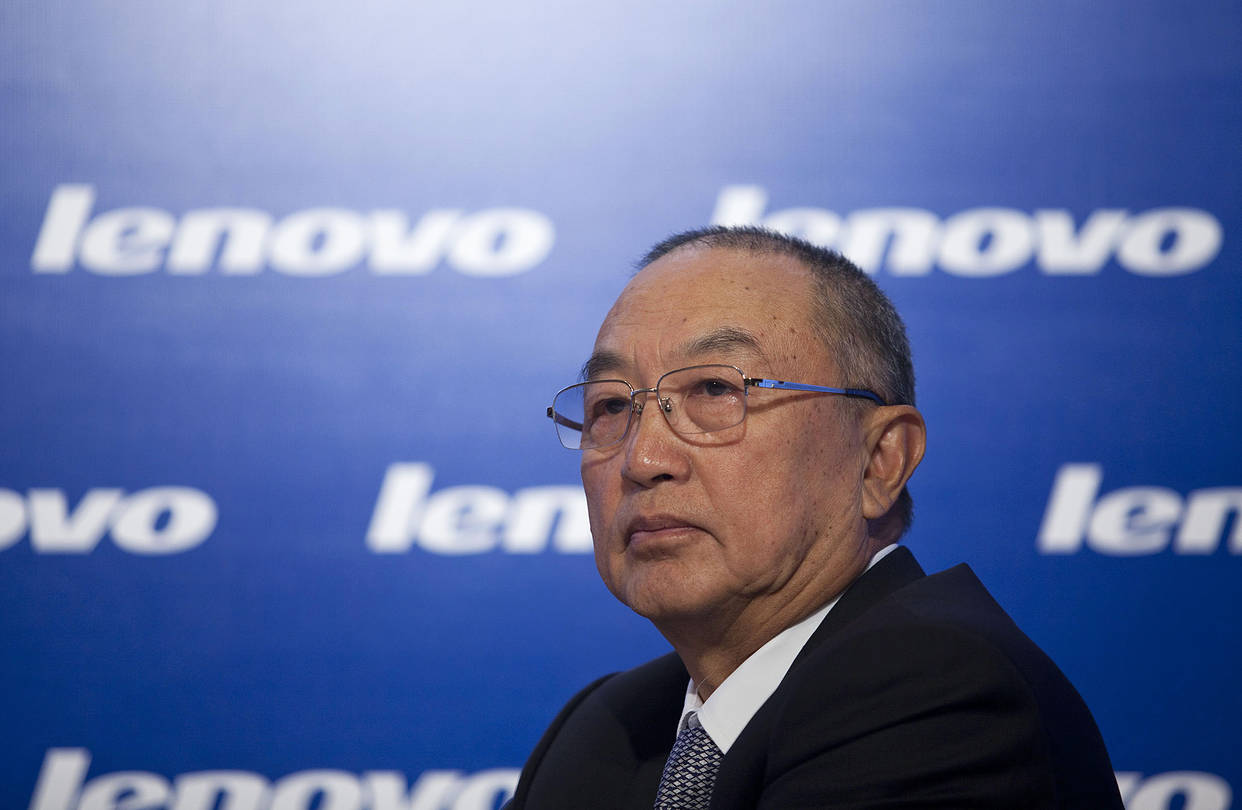
If you were to travel back in time to bear witness to the birth of Lenovo, you’d be traveling back more than thirty years. This makes Lenovo older than a number of the tech brands that are more familiar to consumers today, including HTC(1997) and HUAWEI (1987).
Lenovo was founded on November 1, 1984, by Liu Chuanzhi with a group of ten engineers and about $30,000, or 200,000 yuan. During that initial meeting with the Chinese government to obtain approval for incorporation, the entirety of the company’s staff — all eleven of them — landed on the rather uninspired name of New Technology Developer, Inc. Fortunately, they didn’t keep that name for long.
Lenovo was known as ‘Legend’ for 15 years before receiving its current name in 2003.
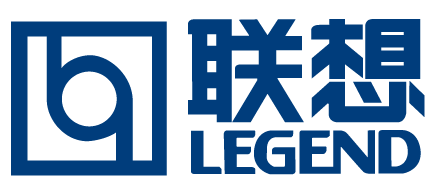
Just a couple years after the company’s inception, the name was changed from New Technology Developer, Inc. to Legend. It was under this new name that Lenovo would have its first successes. However, the company would have yet another name change in 2003 when it adopted the name by which it’s still known today.
In 1990, Lenovo released the Legend PC, the company’s first self-branded personal computer and its first real success.
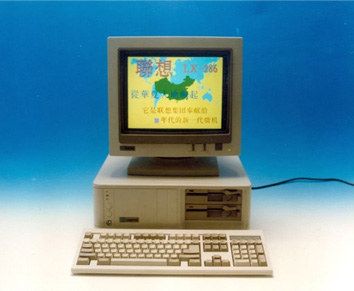
In 1988, Lenovo quadrupled its staff after posting a recruitment ad. This is how current CEO Yang Yuanqing joined the company.
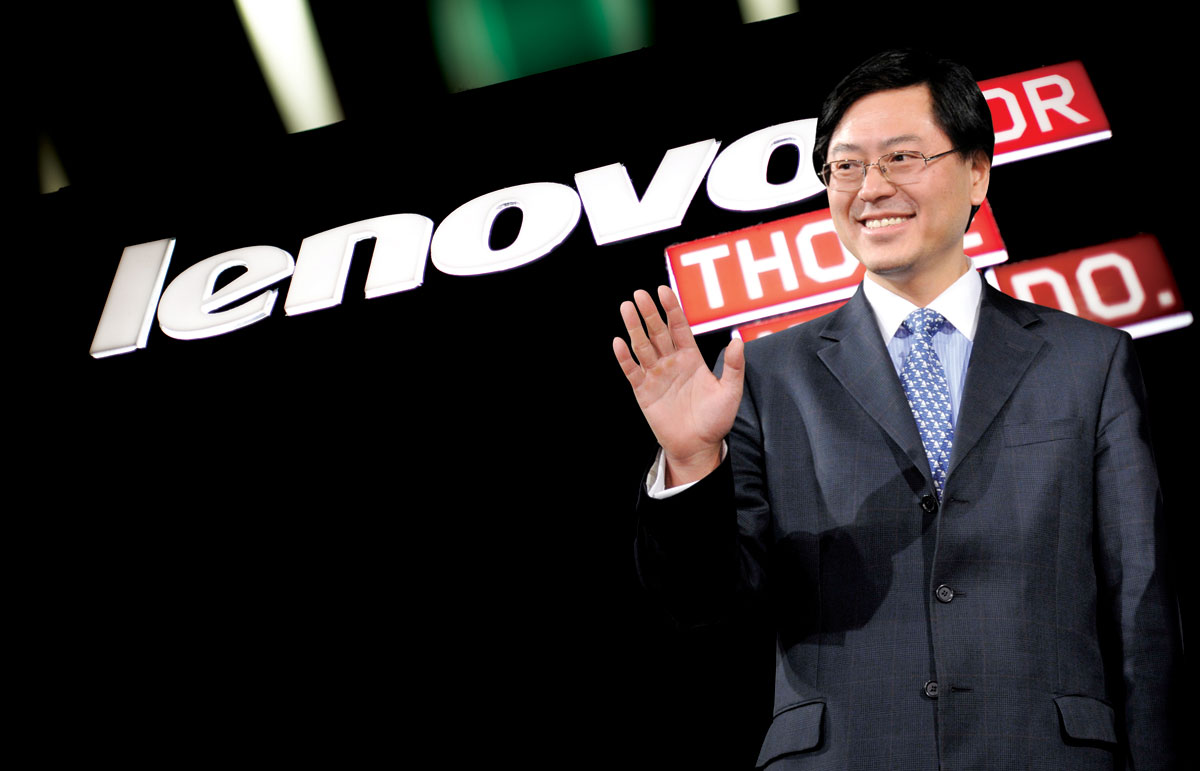
Lenovo had a slow, difficult start. The small staff minimized expenses by walking to and from the office instead of using public transportation. However, the company’s first major growth was the result of posting a recruitment ad on the front page of China Youth News in 1988.
The response was overwhelming: Out of more than 500 applicants, a written exam was given to 280 candidates; from that group, there were 120 candidates to receive interviews and 58 who were given official offers and brought on board. According to records, the average age of the hirees was 26 and all but three had at least an undergraduate degree. But perhaps the most interesting factoid about this first wave of hirees is that one of those individuals was Yang Yuanquing, the current CEO of Lenovo.
Over the course of 2003, Lenovo spent nearly $30 million to rebrand and advertise its new name.
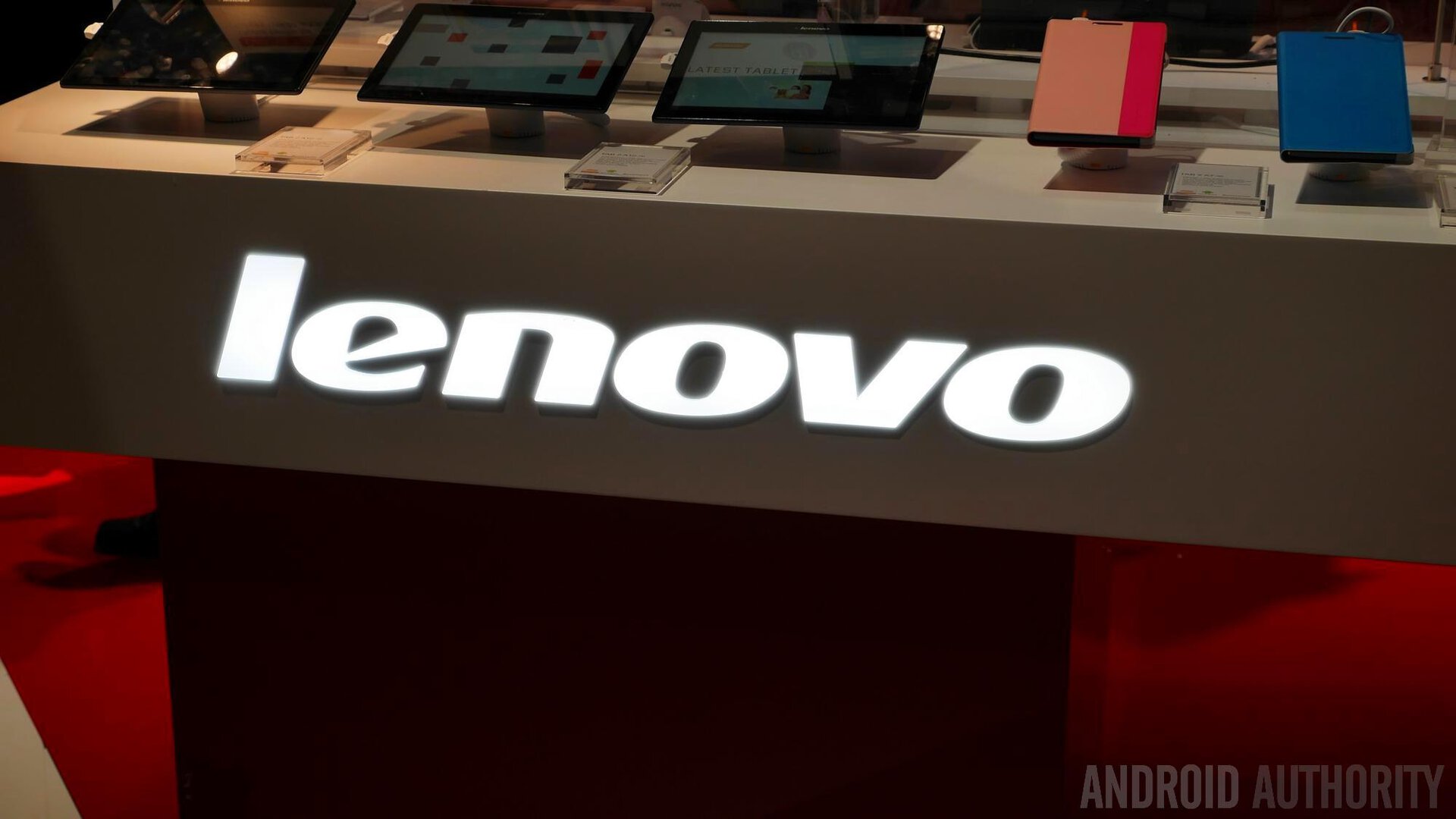
Previously known as Legend since 1988, the company began to undergo a major rebranding in 2003. According to Yang Yuanqing, “legend” was too common a word for a company name, especially if the company was to be an international tech brand, so the name was changed. However, the company’s roots are still present in the current name: Lenovo is a portmanteau that consists of “Le-” from legend and “-novo”, which is Latin for “new”. Basically, Lenovo means “the new Legend”.
After announcing the new name, Lenovo initiated a rather elaborate marketing campaign. The company purchased huge billboards all over the world and aired television commercials during peak viewing times. Over an eight-week period alone, Lenovo spent nearly $3 million, or about 18 million yuan. Most advertisements featured an image of the company’s new logo with blue sky as a backdrop and a single line of copy that read “Transcendence depends on how you think”.
Lenovo entered a lucrative agreement with Microsoft in 1997.

Until the late 1990s, much of Lenovo’s success was limited to China. The company became more internationally recognized as a result of the partnership Lenovo started with Microsoft in 1997. At the time, this was the most lucrative business deal of any Chinese company ever, setting the stage for some of the company’s conquests in the 2000s.
In 2005, Lenovo acquired IBM’s PC division, making Lenovo the third-largest personal computer company in the world.
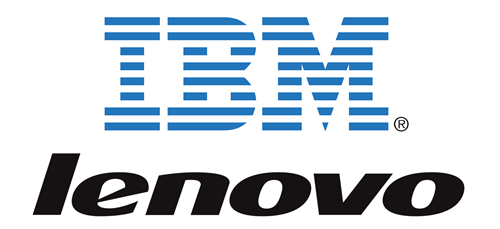
A rather controversial move was when Lenovo purchased IBM’s PC division. In most Western countries, IBM had a pretty strong following with Lenovo’s success mostly limited to China. After purchasing IBM’s personal computing business for $1.75 billion, Lenovo became the third-largest PC manufacturer in the world. Additionally, the deal more than quadrupled Lenovo’s annual sales. Looking back, this was one of the best business moves that Lenovo has made to date. Lenovo also recently took over IBM’s x86 server business, helping the company achieve a more competitive foothold in the enterprise market.
In 2014, Lenovo bought Motorola Mobility from Google for $2.91 billion.
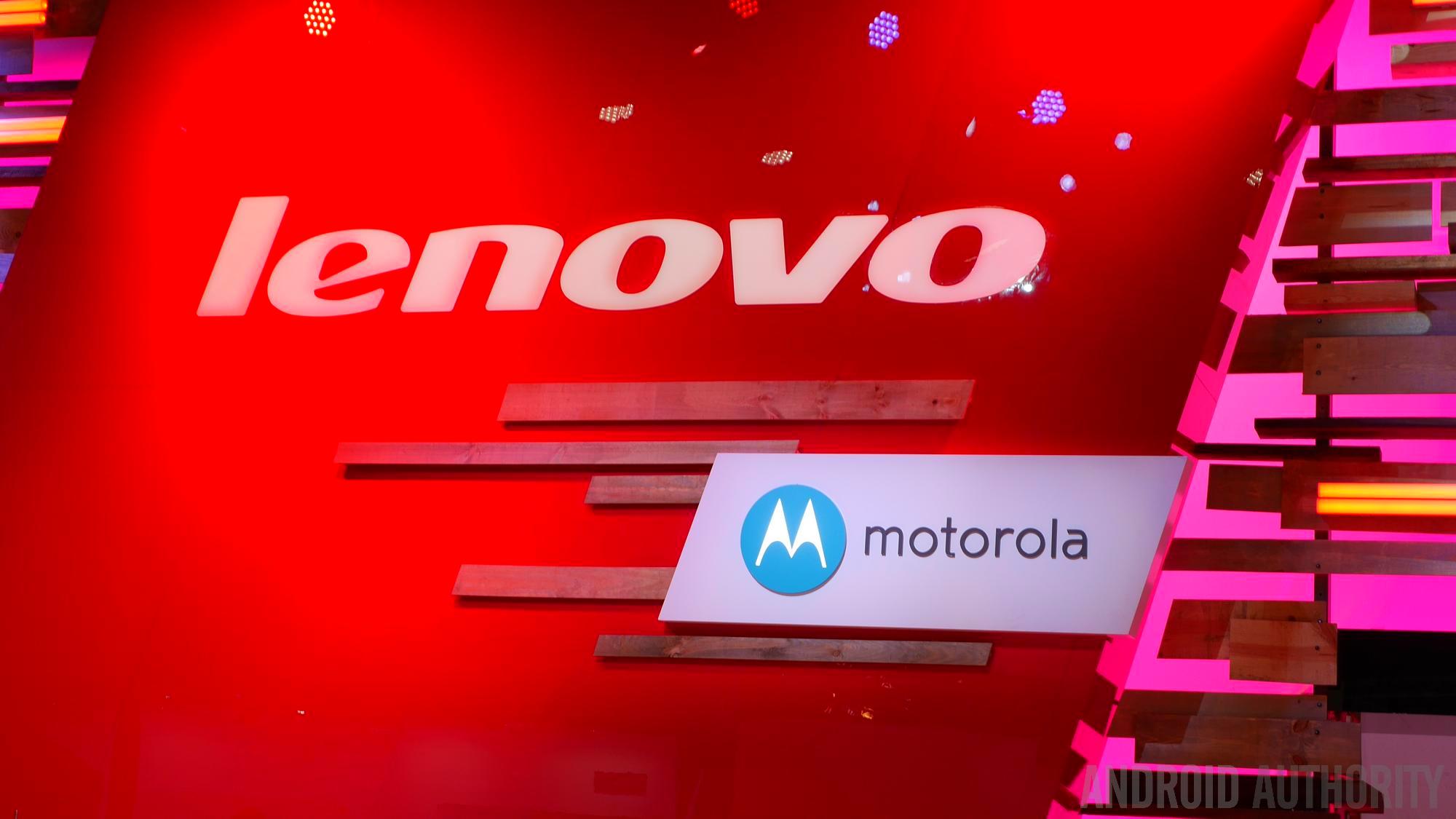
[related_videos align=”left” type=”custom” videos=”703352,699870,697734,695949″]After suffering some major losses in the late 2000s, Motorola, Inc. split into two companies: Motorola Solutions and Motorola Mobility, the latter being the company’s mobile division. Motorola Mobility was first purchased by Google, but it turns out the acquisition was mostly about getting access to Motorola’s many patents. Google soon turned around and sold Motorola Mobility to Lenovo in 2014 for just under $3 billion.
Lenovo had taken IBM’s PC division and ran, rising from the third-largest to the number one personal computer manufacturer in the world. But since the smartphone has overtaken personal computing, PC sales have declined sharply. To stay relevant, Lenovo entered the smartphone market. It seems to have been a smart move since the acquisition of Motorola Mobility made Lenovo the third-largest smartphone manufacturer in the world. In addition to Motorola handsets, Lenovo has been making Lenovo-branded handsets since 2012. In a recent announcement, Lenovo announced that it will be overhauling the Motorola brand, which will soon be known as ‘Moto by Lenovo’.
Lenovo’s current logo was adopted in 2015. Its design was intended to be representative of the company’s versatility and customer-centric approach to technology
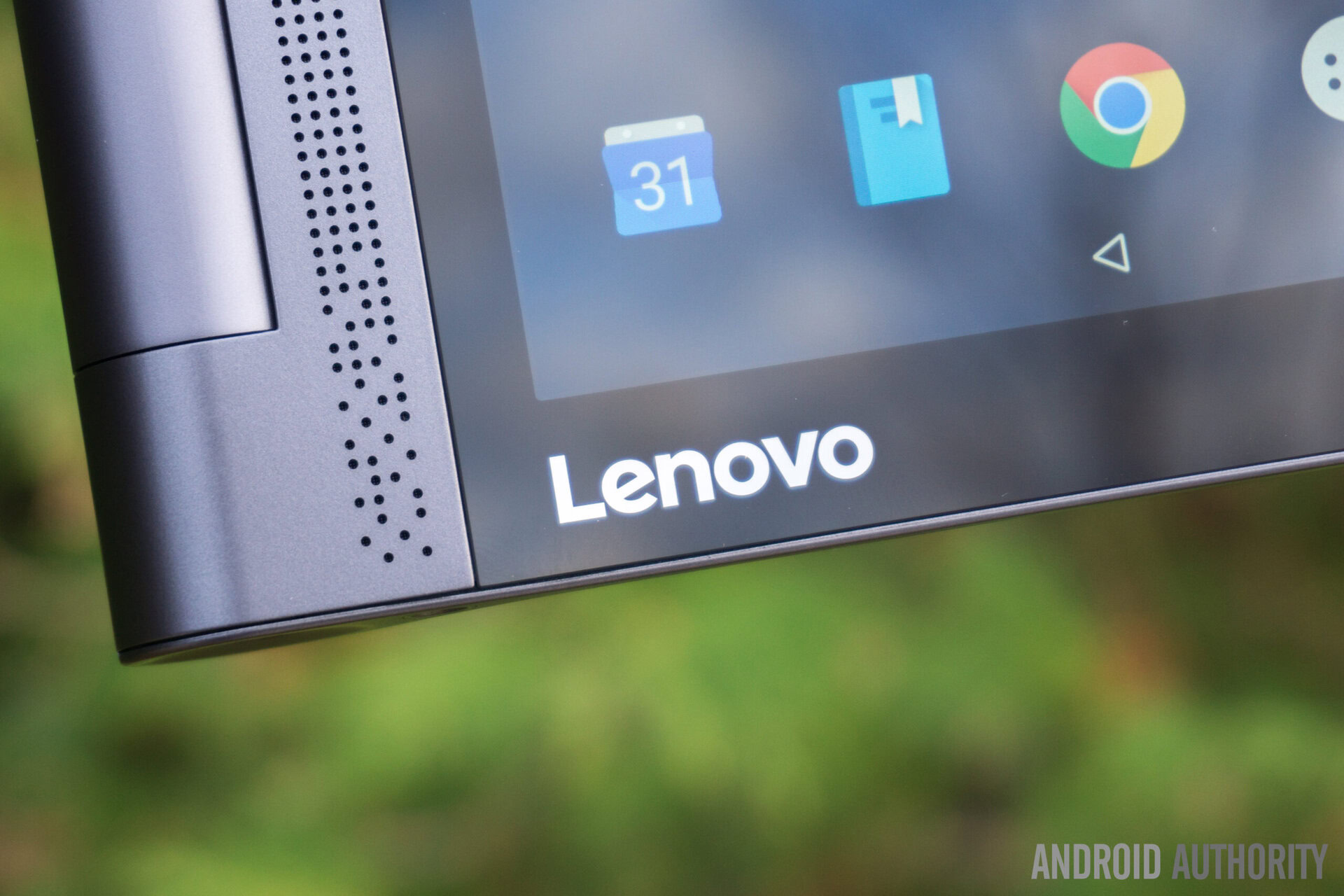
The previous Lenovo logo was seen as underwhelming, especially compared to the strong imagery of competitors’ branding. In 2015, Lenovo unveiled its new logo with the slogan “Innovation never stands still”. In the vain of the original logo, the new logo has the Lenovo name in a very geometric, sans-serif typeface with a “lounging ‘e’”. Typically written in white, “Lenovo” is contained within a box that can be customized as desired, either with a solid color, a pattern, or an image. According to the company’s chief marketing officer, the idea behind the logo was to be versatile, web-friendly, and adaptable to different contexts. It’s also supposed to represent the company’s customer-centric philosophy because the logo’s customizability can accommodate virtually any tastes and needs.
Lenovo holds approximately 20 percent of global PC sales, which currently accounts for 65 percent of the company’s total revenue
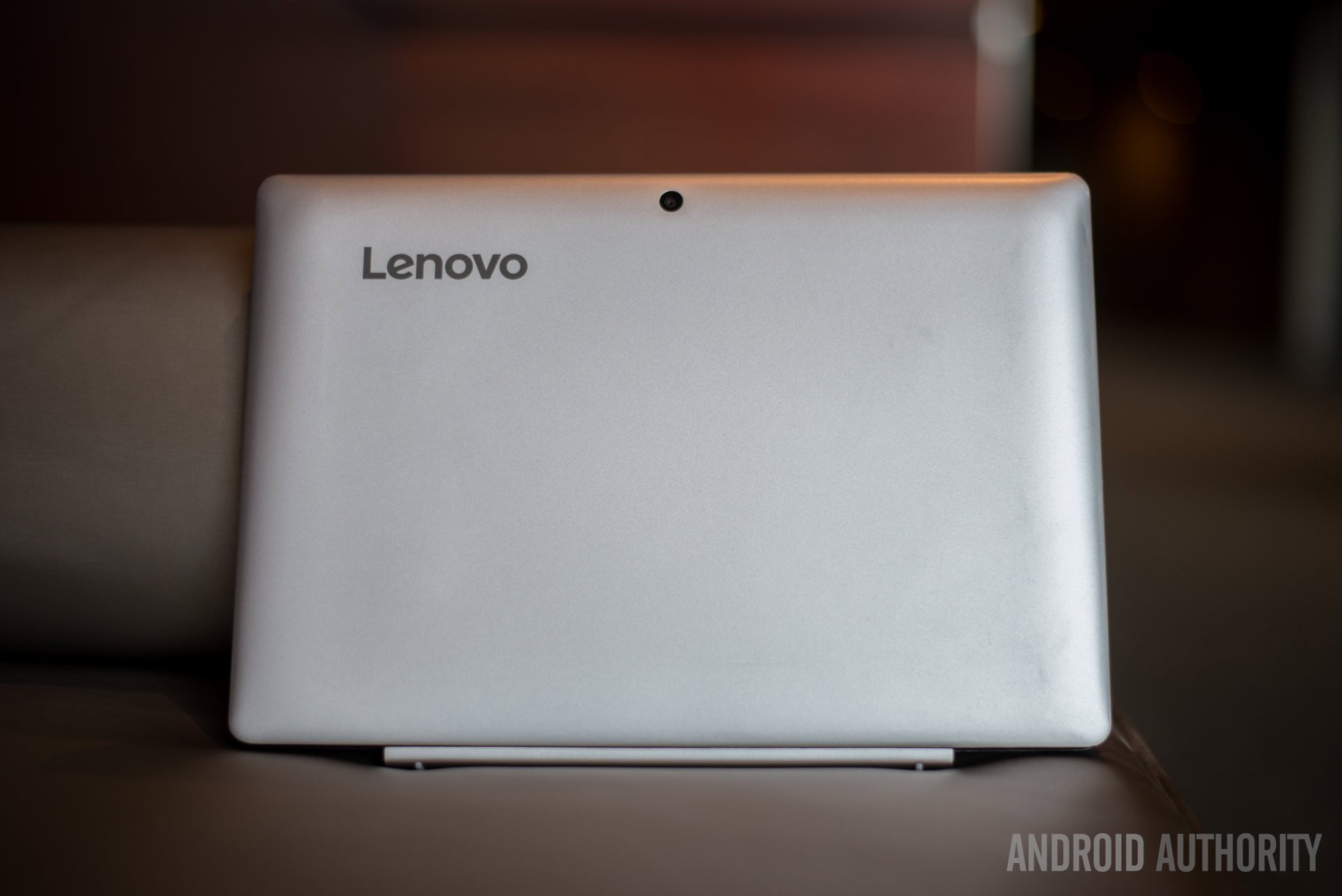
Due to the partnership with Microsoft and the acquisition of IBM’s personal computing business, Lenovo has remained a world-leading brand when it comes to high-quality, cutting-edge personal computers. Today, Lenovo computers account for 20 percent, or one-fifth, of the global personal computer market. Just a few years ago, PC sales accounted for 80 percent of Lenovo’s annual revenue, but today it’s 65 percent due to the company’s growing mobile division and decreasing demand for personal computers.
Some Closing Words
As you can see, Lenovo is far from the tech underling it might have seemed before. The company may have gotten something of a slow start, but a series of strategic business moves has made Lenovo a major global powerhouse in personal computing. Although the company has only recently begun to make an impression on the super-competitive mobile market, Lenovo has surprised us more than once over the past three decades. Even if your loyalties are with Apple or LG, you may want to keep an eye on Lenovo as we go forward.
What do you think about Lenovo? Have these ten facts changed your opinion about the China-based tech manufacturer? Does the current lineup of Moto and Lenovo smartphones show that Lenovo made the right move in entering the smartphone market? Post your comments and participate in our discussion below.